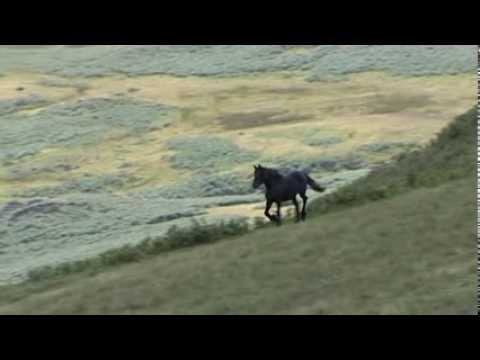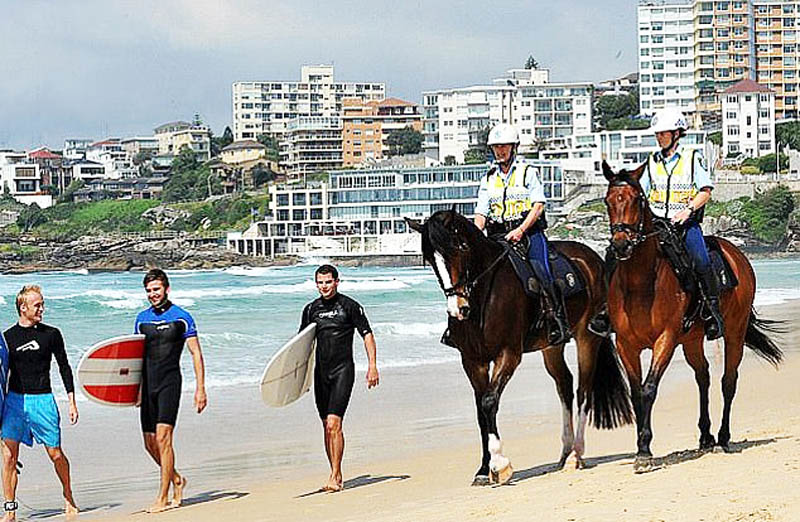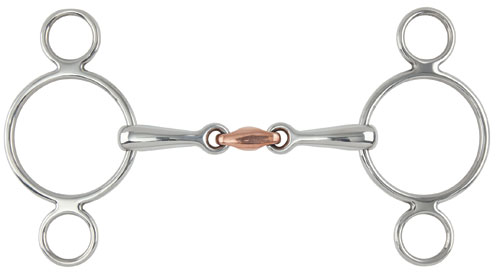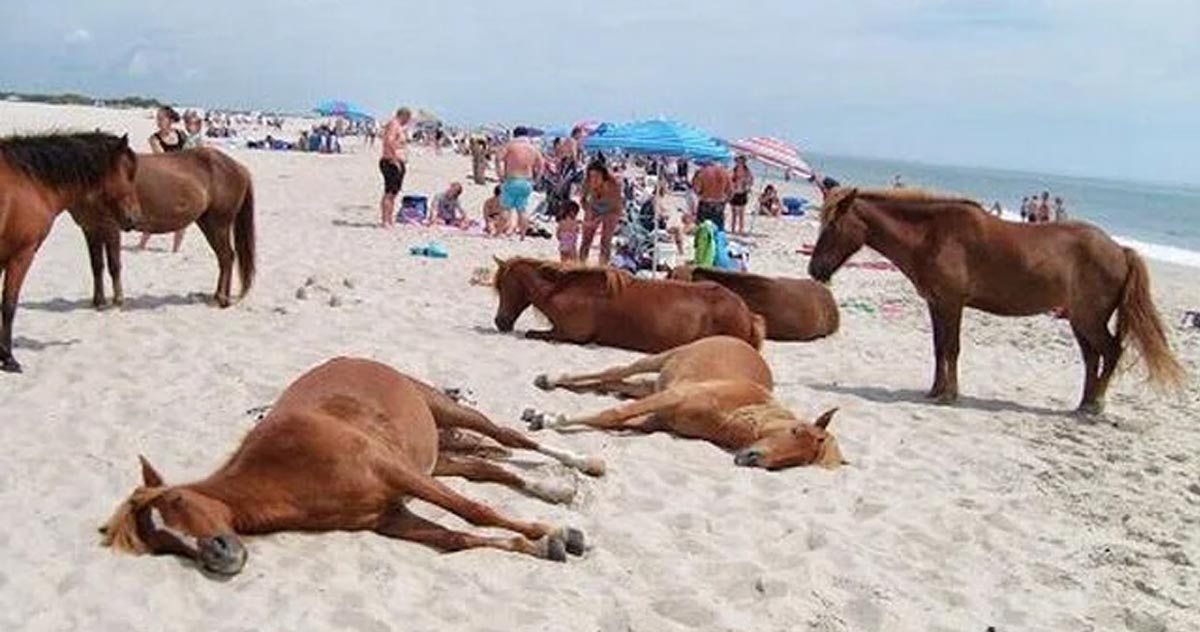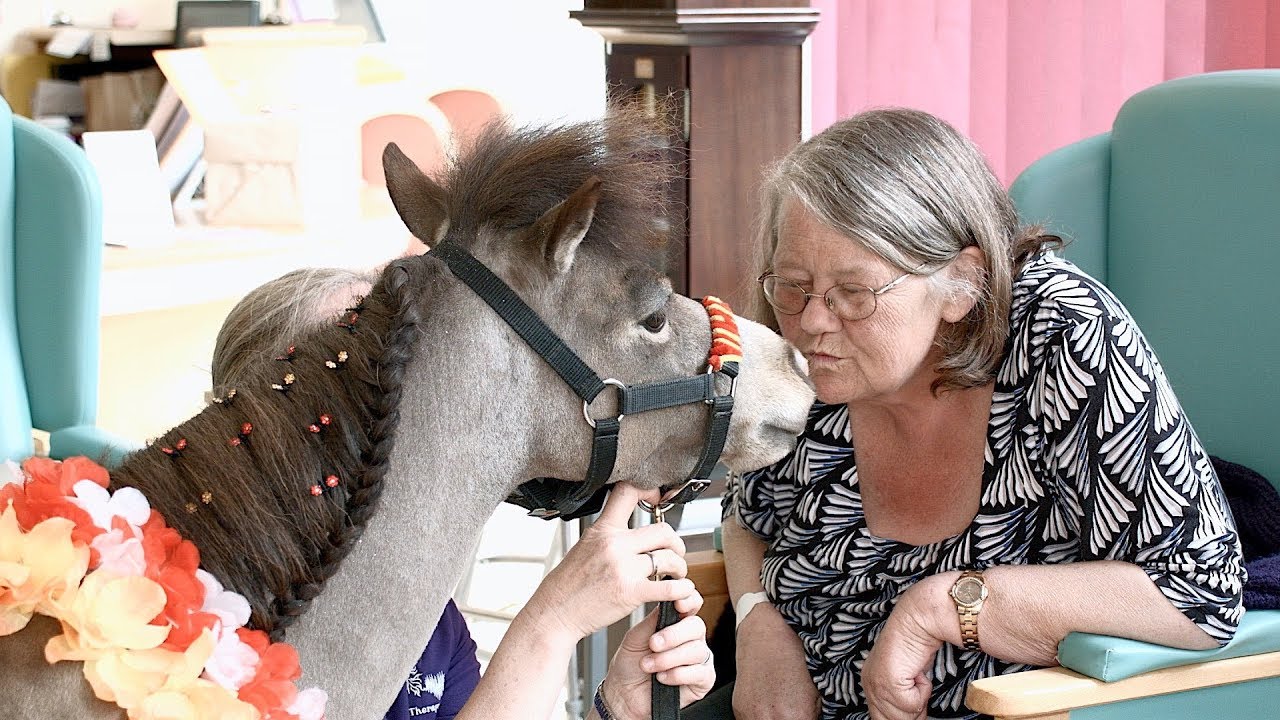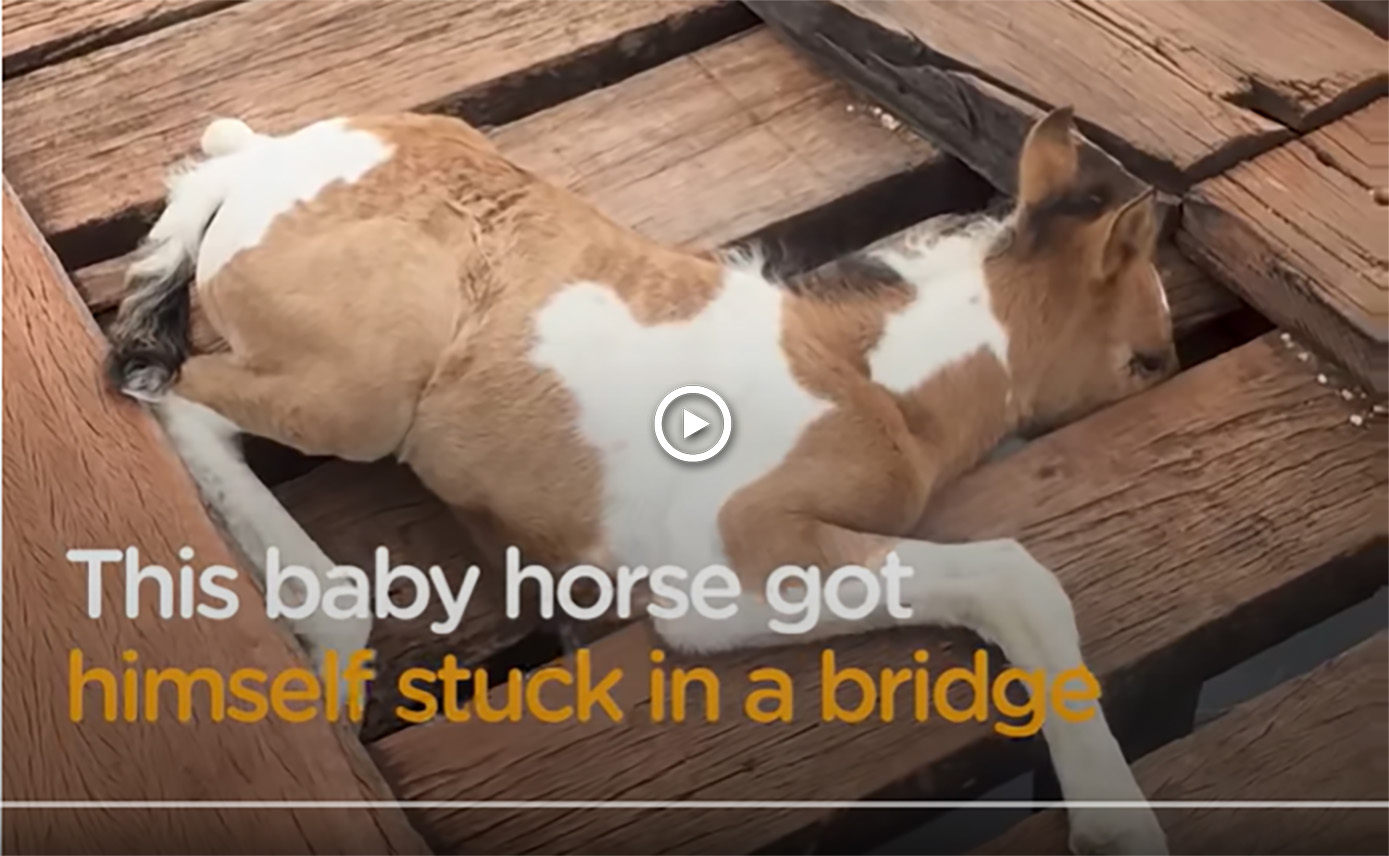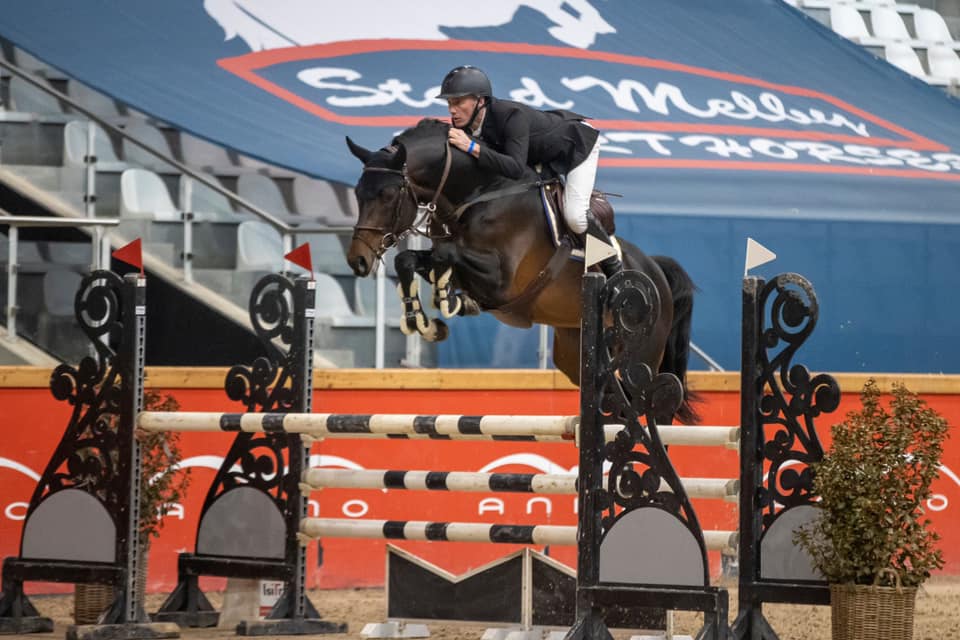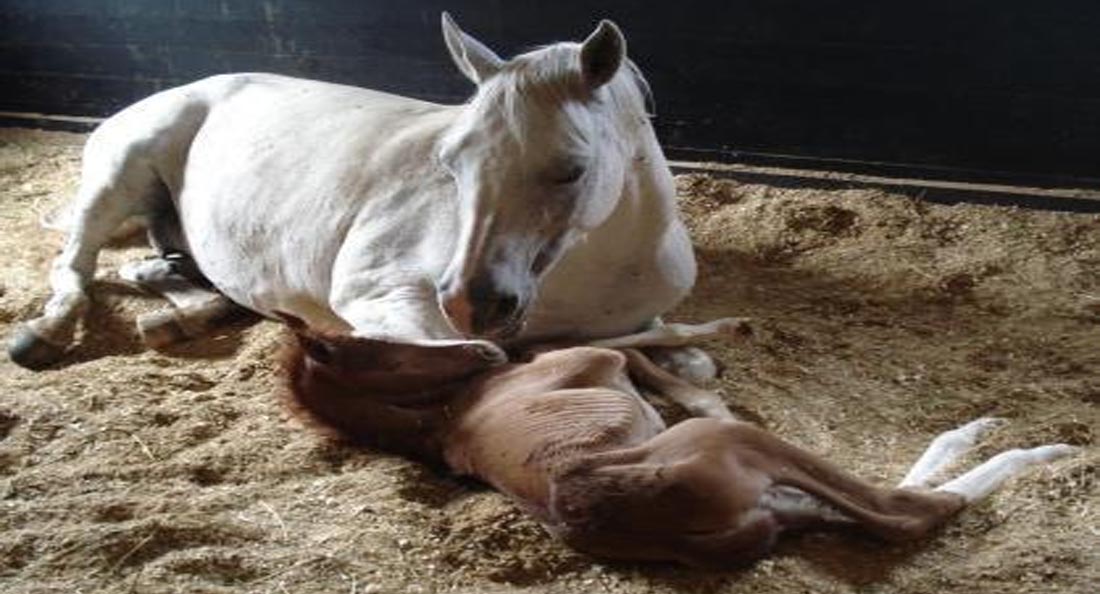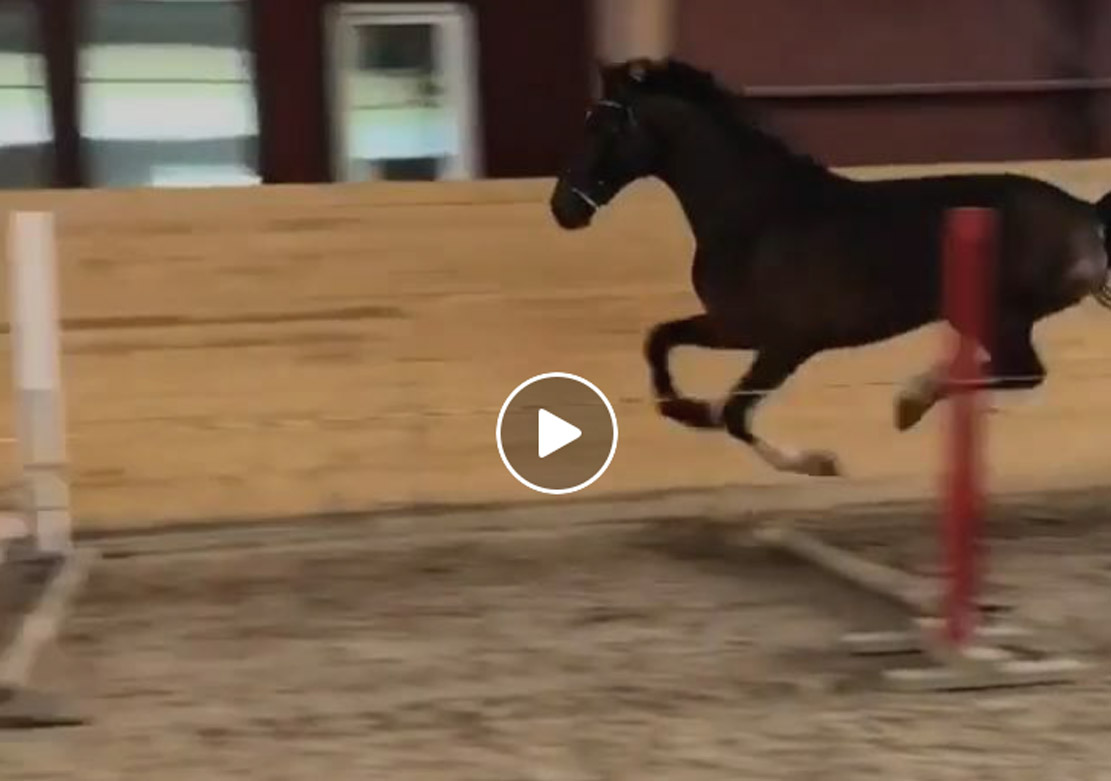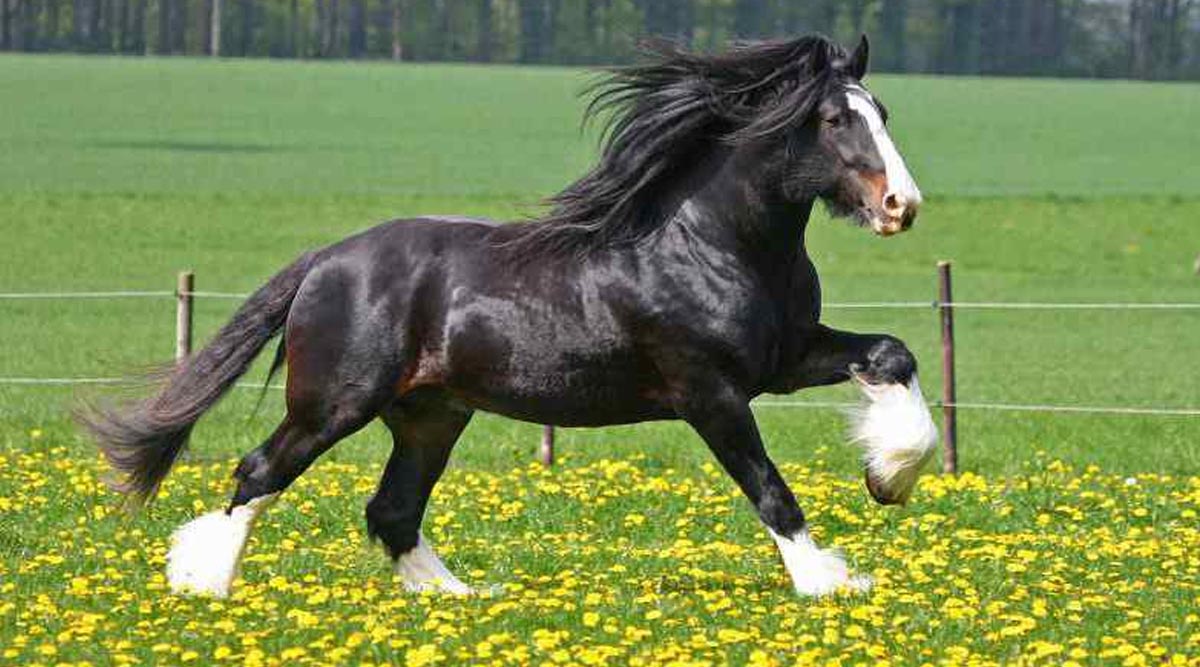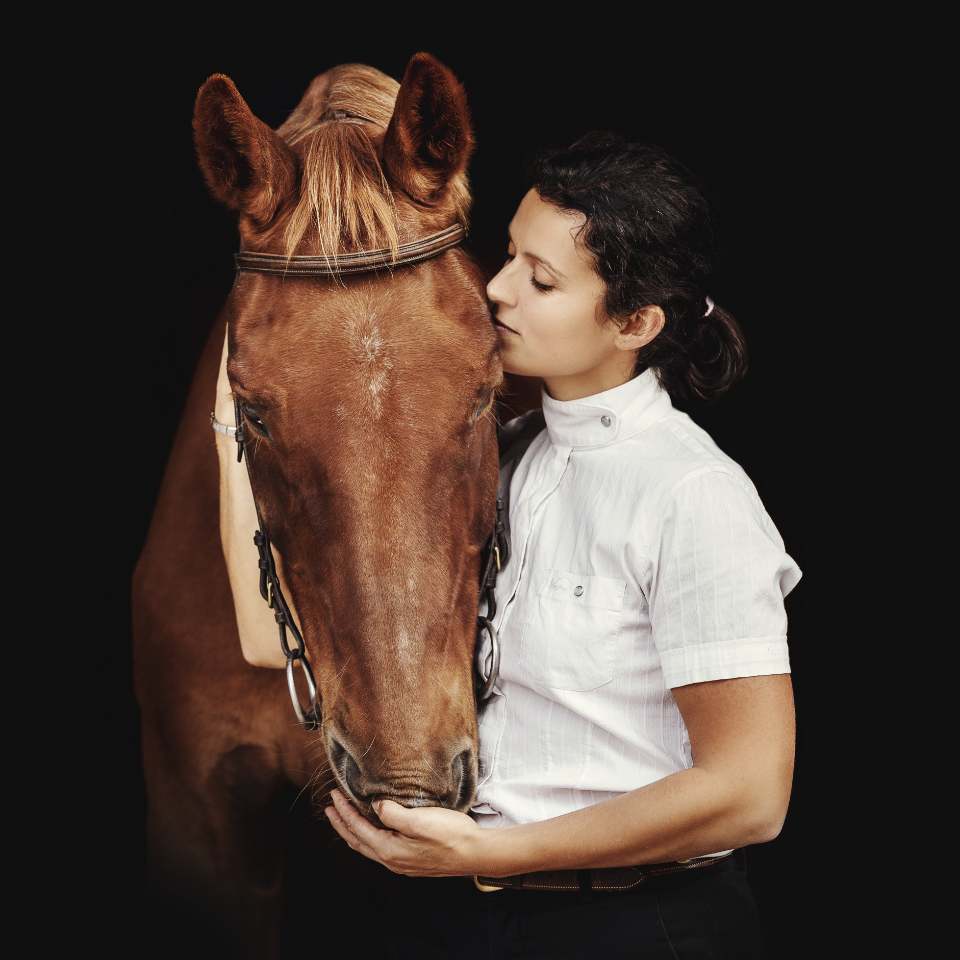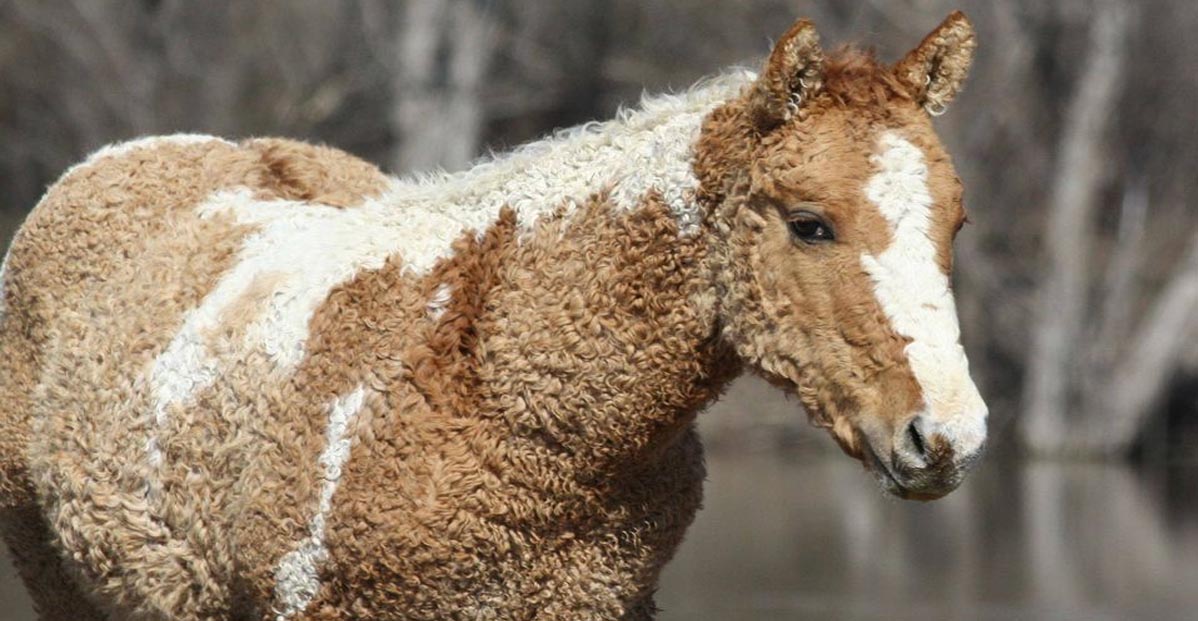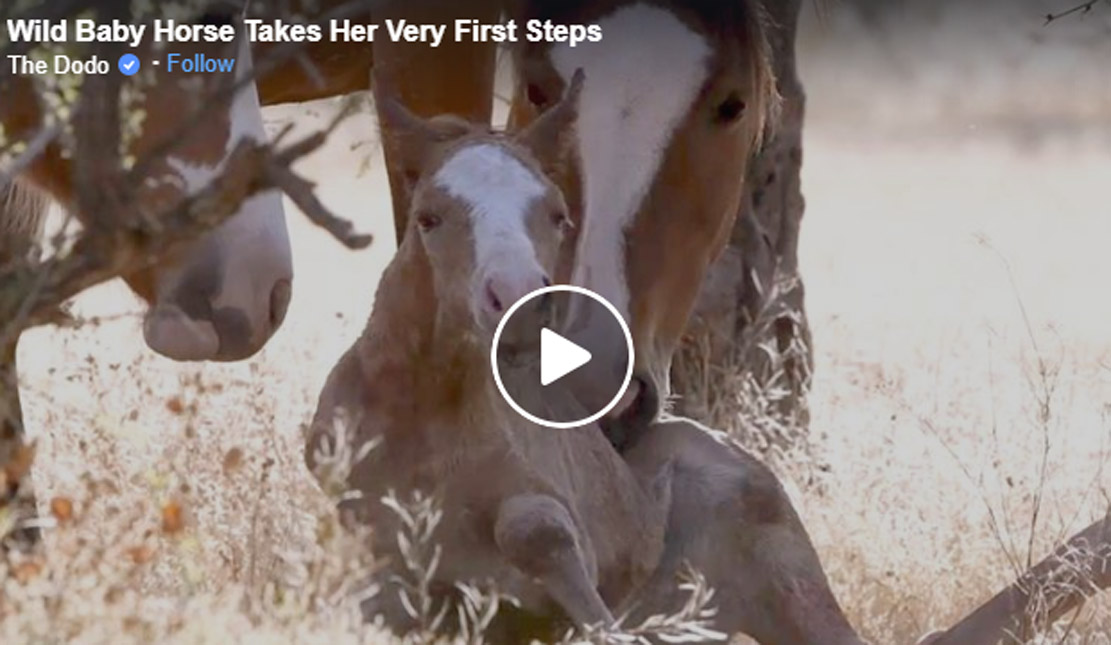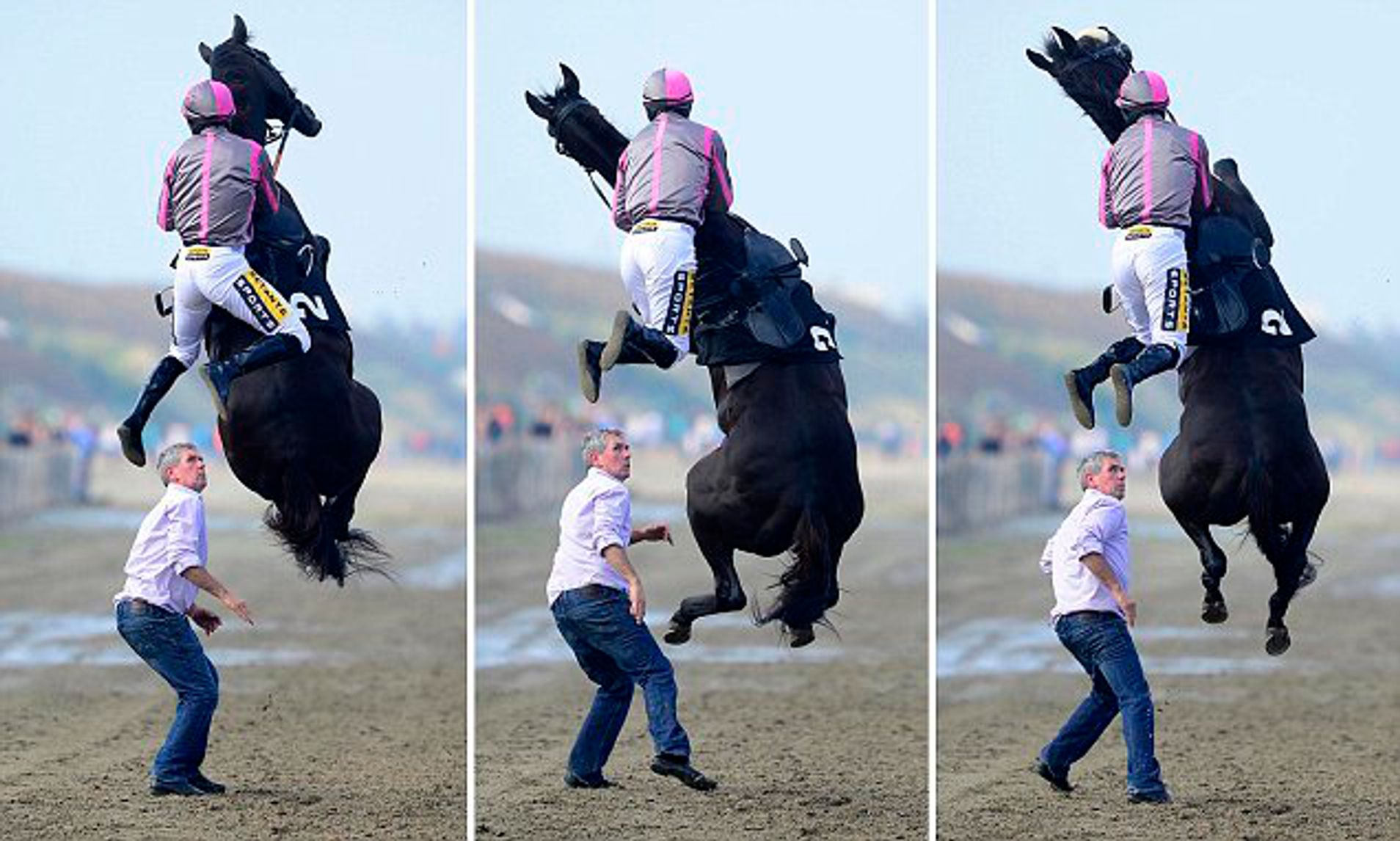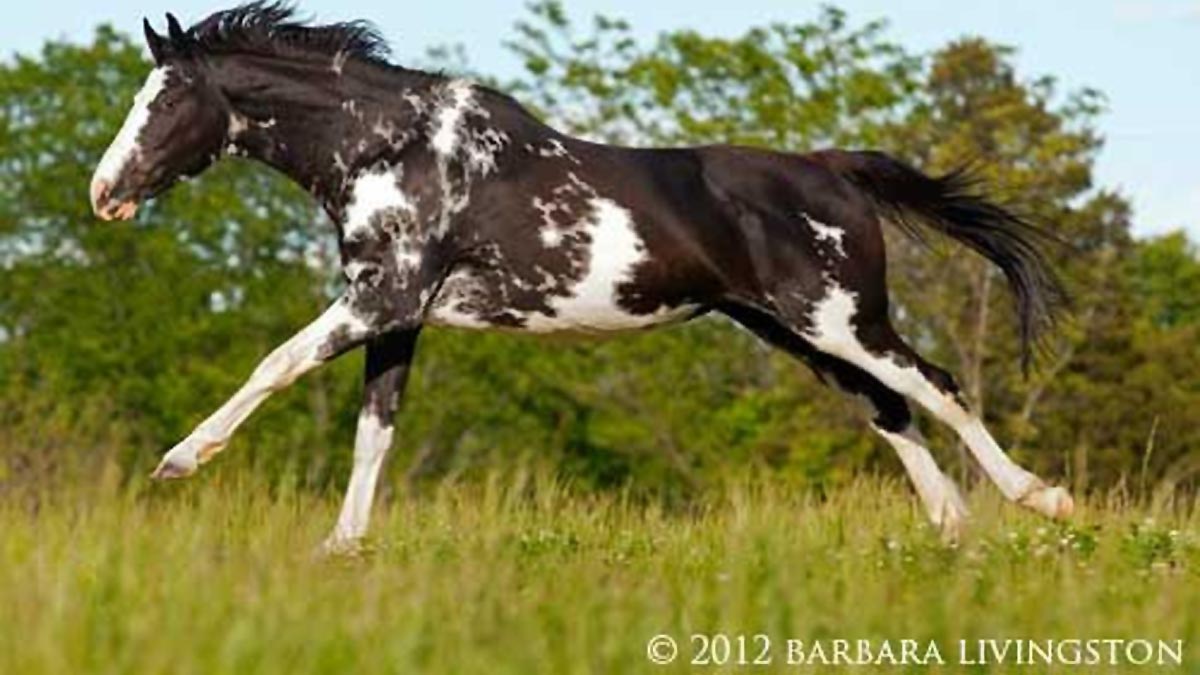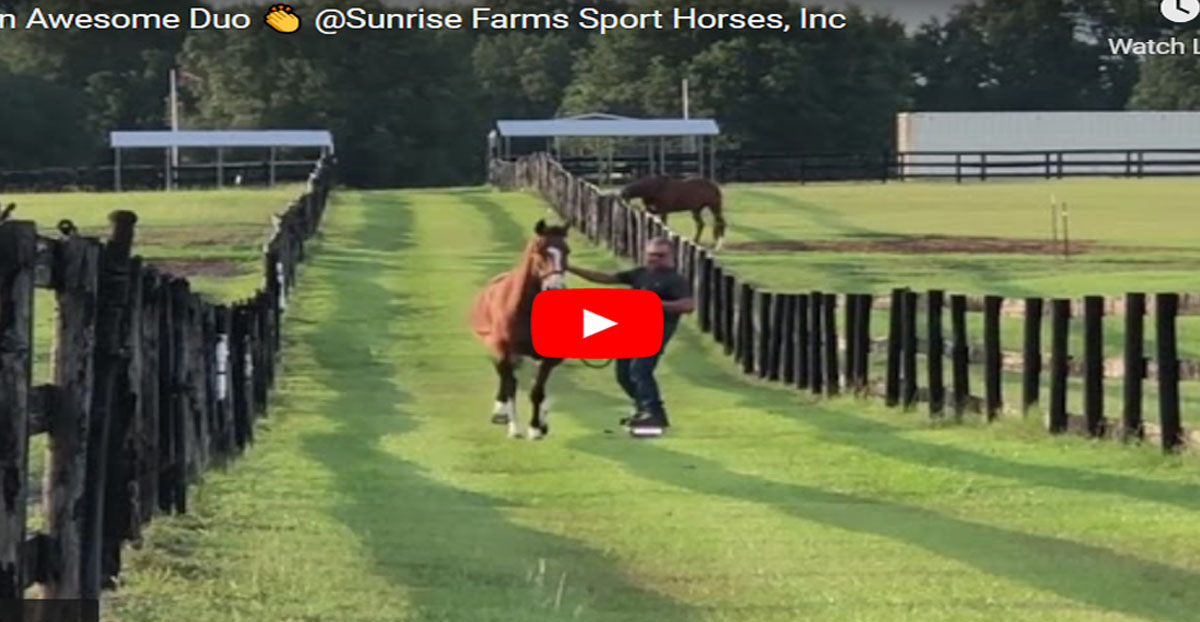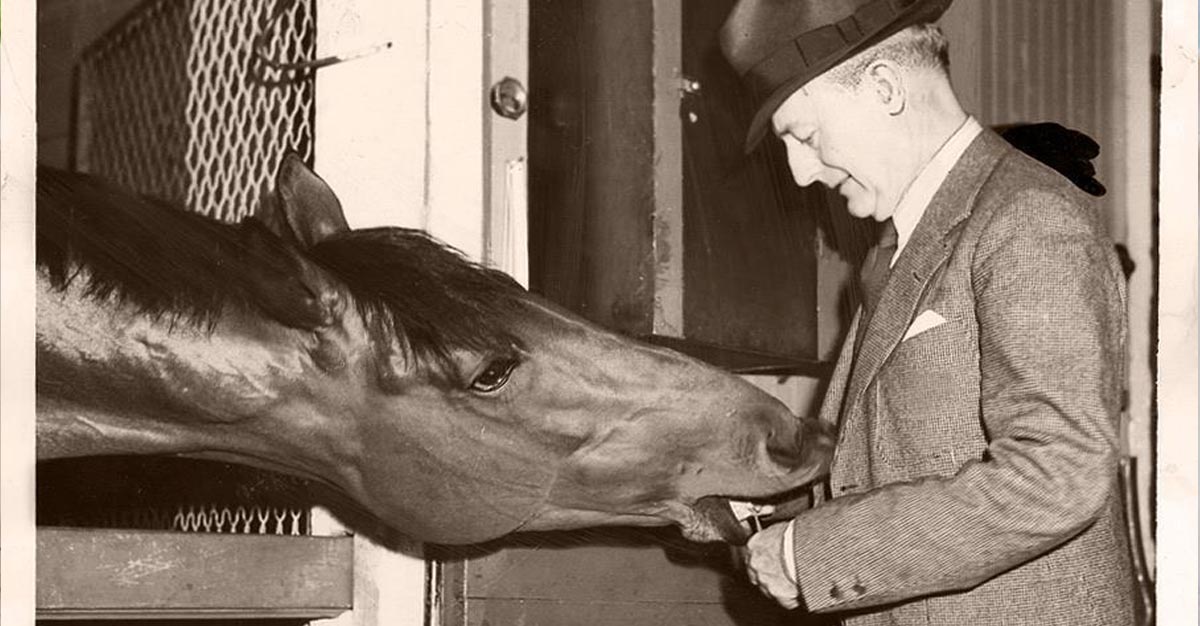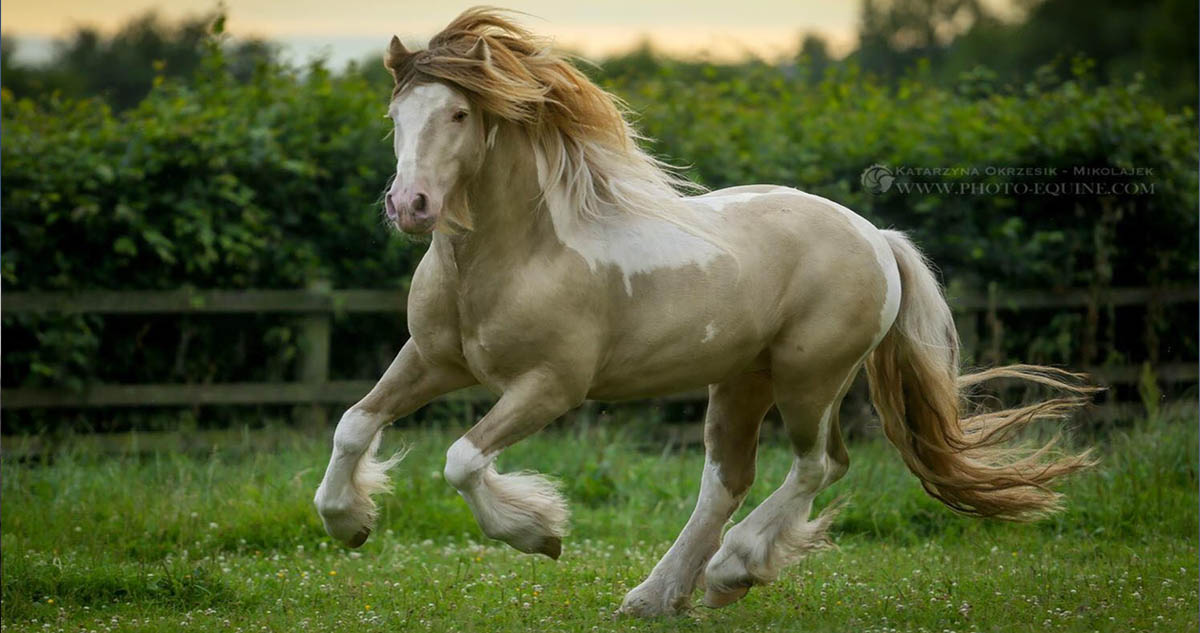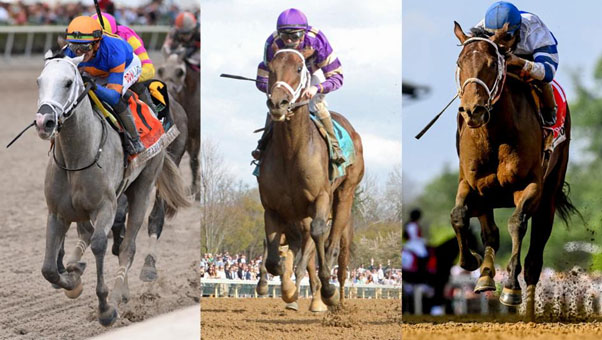Horse Lameness
Horse lameness is one of the most common health problems seen in horses. Two of the most common causes of horse lameness are called laminitis and navicular disease. By learning about these conditions you can catch them earlier and therefore prevent further damage.
When dealing with horse lameness you have to be observant. Often times horse lameness is temporary and goes away with just rest. Other times the lameness can be quite severe and further veterinary care is needed.
Lameness is often seen when the horse is trotting. If your horse is lame you will notice a different gait to the horse. There are often a large number of signs to watch out for when dealing with a suspected lame horse.
Signs of lameness include; trotting unevenly, a reluctance to bear weight on a leg, throwing the head when trotting, and a reluctance to move.
If you notice any of these signs you should contact your veterinarian immediately, and donít ride your horse. While you may be able to tell which leg is affecting the horse, the veterinarian can identify the exact location that is causing the problem.
The veterinarian will most likely start the examination with observing the horse trotting. After that they will usually start at the foot of the lame leg and work their way up the leg to pinpoint the location of the pain.
When looking at the feet they look for many possible causes of lameness. It could be as simple as an incorrect shoe, or more complicated such as navicular disease or laminitis.
They will feel the hoof for any signs of heat, pain or swelling. Also, uneven wear on the hoof is another sign that there is a problem.
As they work their way up the leg, they feel for any areas of heat or swelling. They also palpate the tendon and joint areas for any signs of pain.
The two most common sources of lameness originate in the foot. Laminitis is an inflammation of the hoof wall, usually caused by an improper diet or an infection. A diet too high in grain can cause laminitis. Also, an infection somewhere else on the horseís body could cause laminitis to develop in the foot.
Navicular disease, the other most common cause of lameness in horses, also affects the foot. The navicular bone is located at the back of the foot and is an area of tendon and ligament attachment. Being an area where a lot of motion happens, even the slightest inflammation can cause the horse to be lame.
By knowing what signs to look for in your horse youíll be able to detect lameness early. The best treatment is always prevention. By feeding your horse a nutritious diet and seeing a farrier and vet on a regular basis you can prevent most forms of horse lameness.
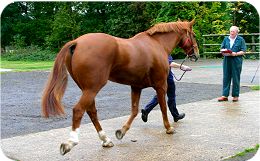
When dealing with horse lameness you have to be observant. Often times horse lameness is temporary and goes away with just rest. Other times the lameness can be quite severe and further veterinary care is needed.
Lameness is often seen when the horse is trotting. If your horse is lame you will notice a different gait to the horse. There are often a large number of signs to watch out for when dealing with a suspected lame horse.
Signs of lameness include; trotting unevenly, a reluctance to bear weight on a leg, throwing the head when trotting, and a reluctance to move.
If you notice any of these signs you should contact your veterinarian immediately, and donít ride your horse. While you may be able to tell which leg is affecting the horse, the veterinarian can identify the exact location that is causing the problem.
The veterinarian will most likely start the examination with observing the horse trotting. After that they will usually start at the foot of the lame leg and work their way up the leg to pinpoint the location of the pain.
When looking at the feet they look for many possible causes of lameness. It could be as simple as an incorrect shoe, or more complicated such as navicular disease or laminitis.
They will feel the hoof for any signs of heat, pain or swelling. Also, uneven wear on the hoof is another sign that there is a problem.
As they work their way up the leg, they feel for any areas of heat or swelling. They also palpate the tendon and joint areas for any signs of pain.
The two most common sources of lameness originate in the foot. Laminitis is an inflammation of the hoof wall, usually caused by an improper diet or an infection. A diet too high in grain can cause laminitis. Also, an infection somewhere else on the horseís body could cause laminitis to develop in the foot.
Navicular disease, the other most common cause of lameness in horses, also affects the foot. The navicular bone is located at the back of the foot and is an area of tendon and ligament attachment. Being an area where a lot of motion happens, even the slightest inflammation can cause the horse to be lame.
By knowing what signs to look for in your horse youíll be able to detect lameness early. The best treatment is always prevention. By feeding your horse a nutritious diet and seeing a farrier and vet on a regular basis you can prevent most forms of horse lameness.



